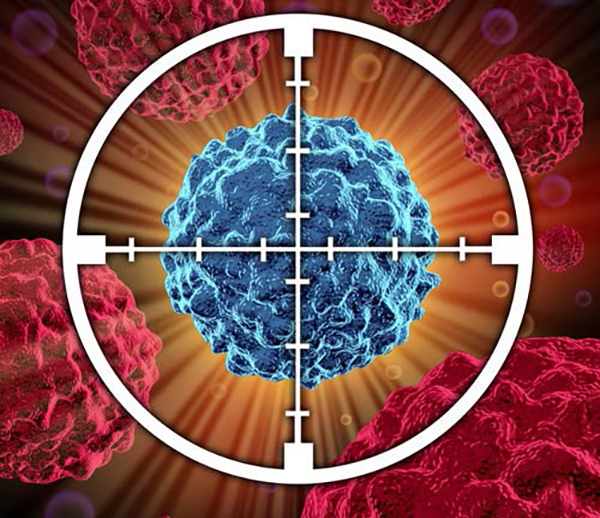Researchers at the University of Groningen say they have used cryo-electron microscopy to elucidate the structure of the human glutamine transporter ASCT2, which may generate leads for drug development. The results (“Cryo-EM Structure of the Human Neutral Amino Acid Transporter ASCT2”) are published in Nature Structural & Molecular Biology.
“Human ASCT2 belongs to the SLC1 family of secondary transporters and is specific for the transport of small neutral amino acids. ASCT2 is upregulated in cancer cells and serves as the receptor for many retroviruses; hence, it has importance as a potential drug target. Here we used single-particle cryo-EM to determine a structure of the functional and unmodified human ASCT2 at 3.85-Å resolution. ASCT2 forms a homotrimeric complex in which each subunit contains a transport and a scaffold domain. Prominent extracellular extensions on the scaffold domain form the predicted docking site for retroviruses,” write the investigators.
“Relative to structures of other SLC1 members, ASCT2 is in the most extreme inward-oriented state, with the transport domain largely detached from the central scaffold domain on the cytoplasmic side. This domain detachment may be required for substrate binding and release on the intracellular side of the membrane.”
In human cells, the ASCT2 protein imports the amino acid glutamine and maintains the amino acid balance in many tissues. The amount of ASCT2 is increased in several types of cancer, probably because of an increased demand for glutamine. Furthermore, several types of retrovirus infect human cells by first docking on this protein.
ASCT2 is part of a larger family of similar transporters. To understand how this family of amino acid transporters works, and to help design drugs that block glutamine transport by ASCT2 or its role as a viral docking station, the scientists resolved the 3D structure of the protein. They relied on single-particle cryo-electron microscopy, as they did not succeed in growing crystals from the protein, which are required for X-ray diffraction studies. The human gene for ASCT2 was expressed in yeast cells, and the human protein was purified for imaging.
The structure was determined at a resolution of 3.85 Å, which revealed a number of new insights. “It was a challenging target, as it is rather small for cryo-EM,” says assistant professor of structural biology Cristina Paulino, Ph.D., who is head of the University's cryo-EM unit. “But it also has a nice symmetric trimeric structure, which helps.”
The cryo-EM images reveal a familiar type of a so-called “lift-structure,” in which part of the protein travels up and down through the cell membrane. In the upper position, substrate enters the “lift,” which then moves down to release the substrate inside the cell. The structure of ASCT2 revealed the lift in the lower position. “To our surprise, this part of the protein was further down then we had ever seen before in similar protein structures,” notes professor of biochemistry Dirk Slotboom, Ph.D. “And it was rotated. It had been thought that the substrate enters and leaves the lift through different openings, but our results suggest it might well use the same opening.”
This information could help design molecules that stop glutamine transport by ASCT2, according to Albert Guskov, Ph.D., assistant professor in crystallography. “Some tests in mice with small molecules that block transport have been published.” Blocking glutamine transport would be a way to kill cancer cells. “This new structure allows for a more rational design of transport inhibitors.”
The spikes that protrude on the outside of each of the three monomers are another surprise observation. “They have never been seen before,” points out Dr. Slotboom. “These are the places where retroviruses dock.”
This is consistent with mutagenic studies performed by others, he continues, adding that knowing the shape of the spikes could help design molecules that block the viruses from docking.
Future studies will be done to capture ASCT2 in different configurations, such as inside a lipid bilayer rather than the detergent micelles used in the present study and with the lift in different positions. The team says that studying different states will help them understand how this protein functions.


